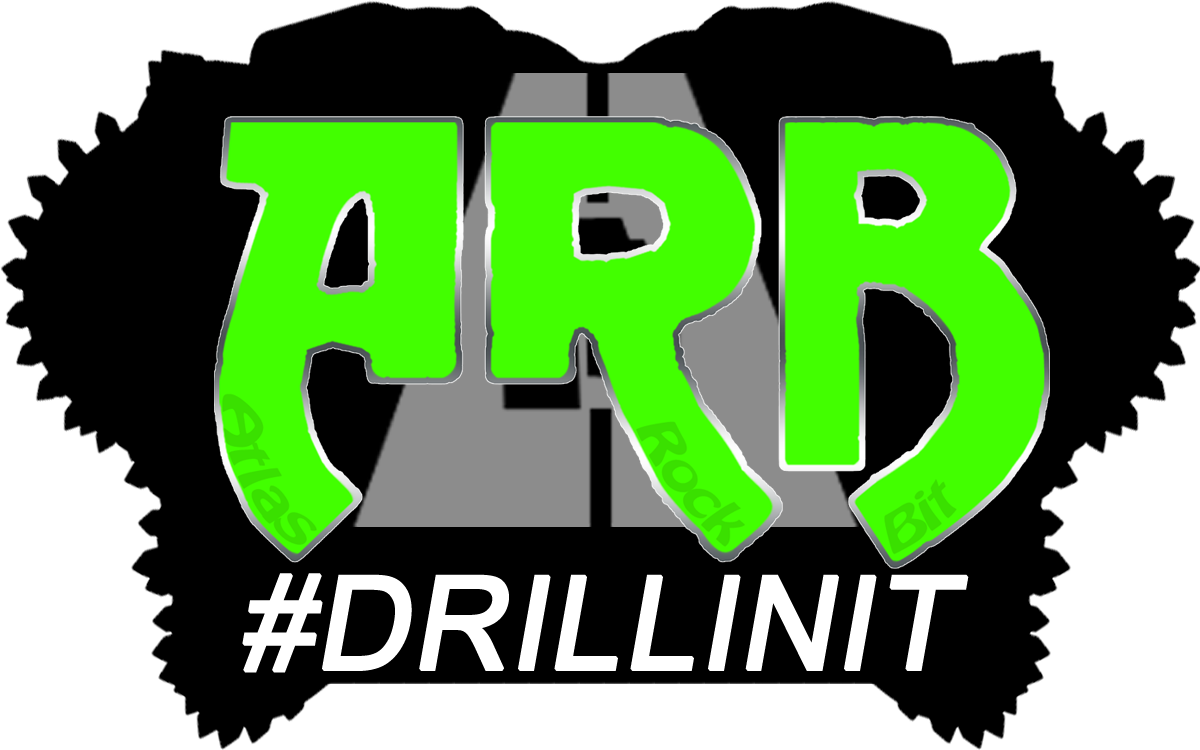HOLE OPENER HYDRAULICS
The Problem
Hole openers or custom hole openers run in tandem with rock bits, frequently become balled up because the flow rate is not sufficient to clean the hole adequately.
The Solution
As a result of insufficient hydraulics, bits and tools can be damaged, penetration rate falls, and the time required to drill a large diameter hole in one pass can be greater than the time needed to drill and then open a pilot hole.
So to optimize surface hole drilling performance, more emphasis needs to be placed on hole opener hydraulics – not just when hole openers are used where hydraulics are insufficient to remove cuttings on one pass, but also anywhere there is a demand for initially small holes to be subsequently enlarged.
This could be as a result of deeper drilling demanding multiple casing strings set at ever increasing depth, or where smaller holes are preferred initially for operational reasons such as ease of logging, or for better directional control when a large number of wells are drilled in close proximity.
First, Consider the Area to Be Cut
When discussing hole opener hydraulics, the first factor to consider is the area of formation to be cut (see Table 1) which, in most cases, is greater than the area cut by the pilot hole bit. As a result, more volume is removed by the hole opener. For example, when opening a hole from diameters of 17 ½ in. to 36 in., more than three times the volume of formation is removed by the hole opener than is removed by the rock bit. That is why it generally requires more time to open a hole than it takes to drill the pilot hole.
The ratio of hole opener to pilot hole area should be no greater than 3 or 4 to 1.
When making plans to drill a hole and then open it with a large hole opener, the ratio of hole opener area to pilot hole area should not be greater than 3 or 4, unless hydraulics are ideal. However, when flow hydraulics are insufficient to maintain a minimum recommended annual velocity and hydraulics are poor, then this ratio should be kept as low as possible.
Hole Opener Features
Atlas Rock Bit's full line of hole openers are currently designed with replaceable nozzles for efficient bottom hole cleaning and increased cutter life. Both sealed and non-sealed assemblies are available for a wide range of formation types.
Hole opener cutters are now comparable to both steel tooth and insert type rock bit cutting structures. Their sealed and lubricated bearing systems have made the Security hole opener cost competitive with large diameter rock bits. The sealed bearing cutter assemblies can last for many runs provided that the proper hydraulics are utilized.
